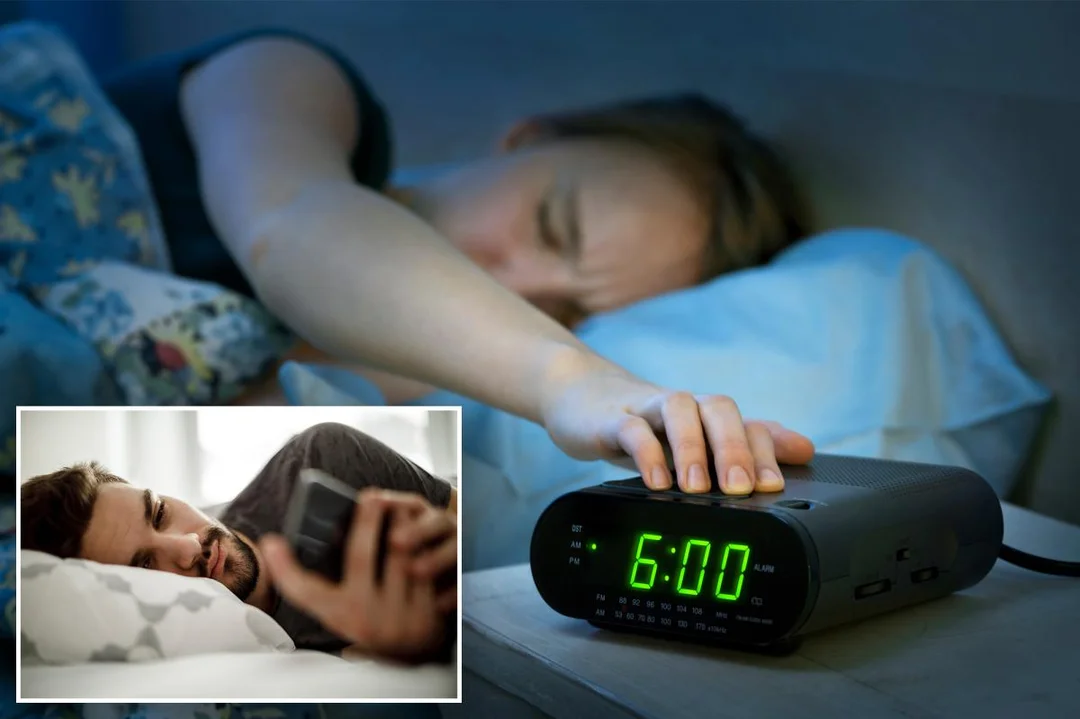
Daylight Saving Time 2025: Effects on Health and Trump’s Stance
As the United States gears up for Daylight Saving Time (DST) on March 9, 2025, experts are shedding light on the physical and psychological impacts of 'springing forward.' The annual time change, which sees clocks moved one hour ahead, can disrupt sleep patterns, leading to increased risks of heart attacks, mood disturbances, and even car accidents in the immediate days following the change, according to NPR.
Amidst these health concerns, former President Donald Trump has hinted at his reluctance to alter the DST policy. In a recent statement cited by Forbes, Trump expressed skepticism about changing the system, suggesting a continuation of the current practice despite ongoing debates about its relevance and effectiveness.
Public sentiment and legislative discussions continue to swirl around the necessity and impact of DST. USA Today reported that many Americans are calling for a permanent solution to the biannual time shift, with some states even considering laws to adopt year-round standard time or daylight saving time. As the debate rages on, individuals are encouraged to prepare for the time change by adjusting sleep schedules in advance to mitigate its effects.
Related issues news
What time does time spring forward tonight?
Daylight saving time begins on Sunday, March 9 at 2 a.m. local time.
How does spring forward work?
In the spring, the clocks move forward one hour, meaning the sun sets an hour later in the evening and rises an hour later in the morning. Digital clocks like the ones on cellphones will automatically change. Analog clocks and any clocks or watches that do not automatically adjust will need to be reset manually.
When is the DST ending?
When is daylight savings 2025? Daylight saving time begins at 2 a.m. Sunday, March 9, 2025.
When do we lose an hour of sleep?
When Exactly Does Daylight Saving Time Begin? Daylight saving time begins overnight, on Sunday, March 9, at 2 a.m. People in most of the U.S. will turn their clocks forward one hour, meaning they will lose one hour of sleep, but the sun will set an hour later until daylight saving time ends on Nov. 2.